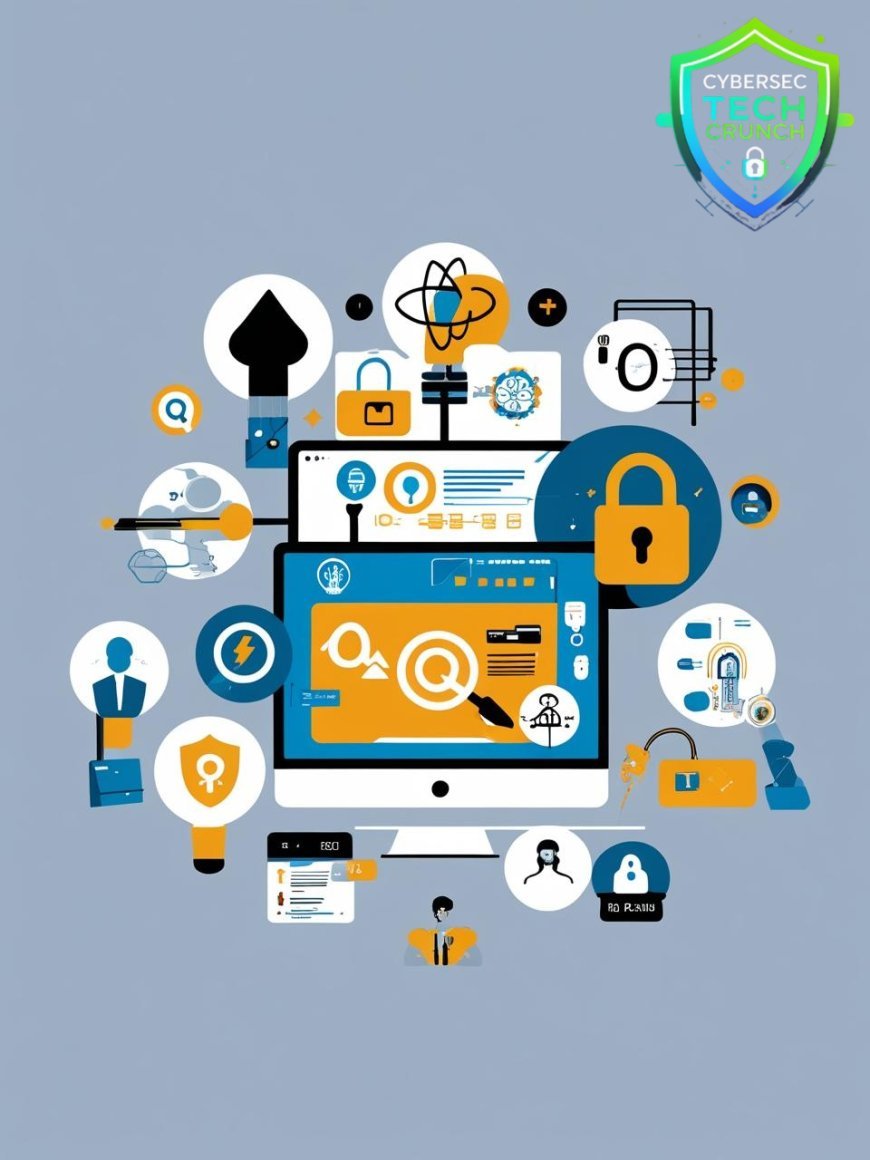Quantum Computing Threats: Preparing for the Next Cryptographic Reckoning

Quantum Computing Threats: Preparing for the Next Cryptographic Reckoning
Quantum computing has long been heralded as the next frontier in processing power. With its ability to solve complex problems exponentially faster than today’s supercomputers, it offers promise in fields like medicine, finance, logistics, and beyond. But as much as it inspires innovation, it also carries with it a shadow-one that could upend the very foundation of digital security as we know it.
At the core of our digital safety lie encryption algorithms. Whether you're checking your email, transferring money, or accessing corporate systems, you're relying on cryptographic protections to keep data secure. These algorithms-like RSA, DSA, and ECC-are designed around mathematical problems that take classical computers an unfeasibly long time to solve. For decades, that has been enough.
But quantum computers work differently. Instead of bits that are either 0 or 1, they use qubits, which can be both at once. This superposition, along with entanglement, allows quantum computers to evaluate massive numbers of possibilities simultaneously. A powerful enough quantum computer could use Shor’s algorithm to break RSA encryption in a fraction of the time it would take a classical computer-turning centuries of computational effort into minutes.
The threat isn’t just theoretical. While current quantum machines don’t yet have the stability or qubit count to perform such feats, progress is being made fast. Governments, tech giants, and startups are racing to reach “quantum advantage,” and with each breakthrough, the countdown to cryptographic disruption speeds up.
Even more concerning is the concept of "harvest now, decrypt later." Threat actors may already be intercepting encrypted data-not to crack it today, but to hold onto it until quantum computing catches up. Medical records, trade secrets, and classified communications that seem safe now could be exposed in the future, erasing the assumption of long-term confidentiality.
To respond, organizations can’t afford to be passive. This isn’t just an issue for the future-it's a present-day planning imperative. Post-quantum cryptography (PQC) is emerging as the answer. These are cryptographic algorithms designed to withstand quantum attacks, and major bodies like NIST are in the process of standardizing them. But migration to PQC isn't a simple plug-and-play task. It involves reengineering legacy systems, updating software across massive networks, and ensuring compatibility with countless interconnected platforms.
Education is also critical. Leaders must understand the real scope of the threat, not just in IT departments but across the organization. Cybersecurity policies should begin including quantum resilience planning now-not after the breach occurs.
Quantum computing may one day revolutionize the world for the better, but only if we build in the safeguards today. It's a rare moment in tech where we can see the threat coming before it arrives. And that gives us an equally rare opportunity to prepare wisely.

























